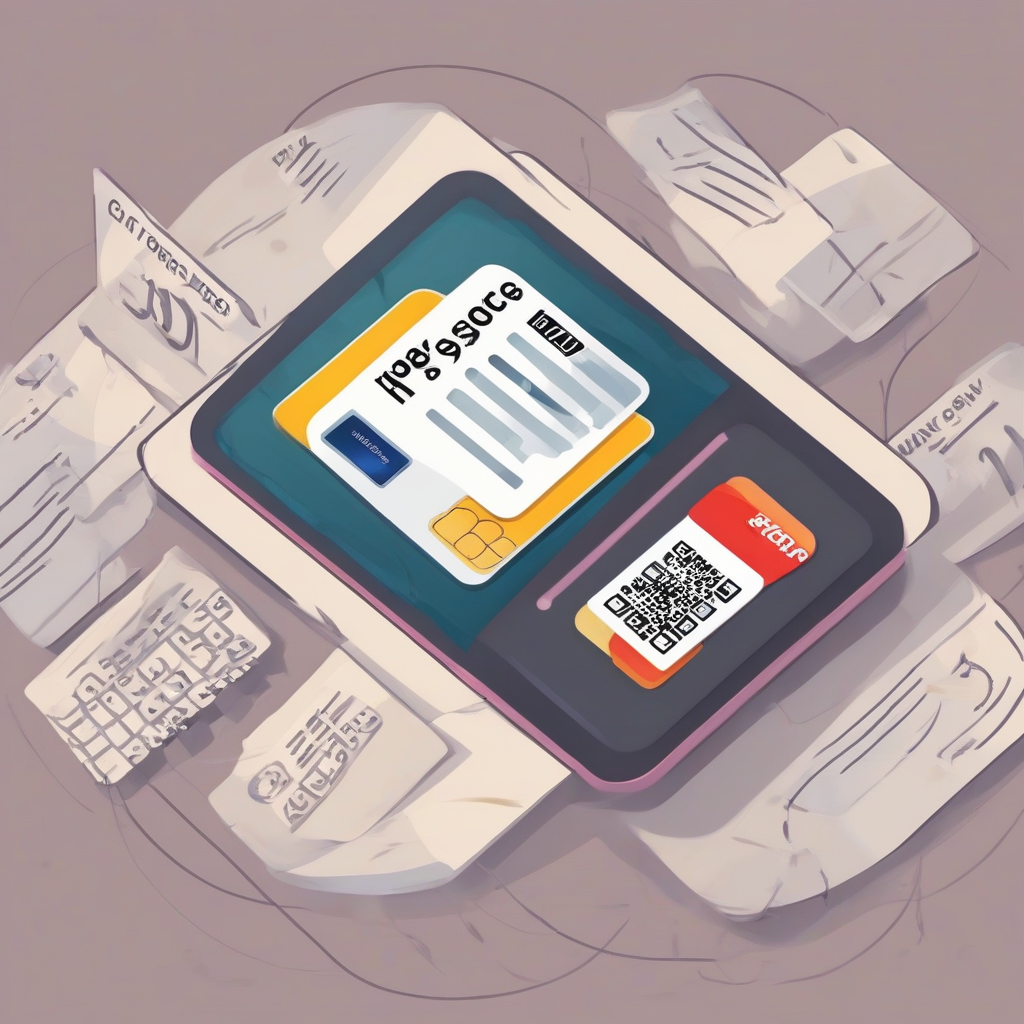Unlocking Credit Score Potential: The Impact of Credit Card Paydown
The question of whether paying down credit cards improves your credit score is a resounding yes, but the nuances of how and why deserve a closer look. Credit scores are complex, influenced by a multitude of factors, and simply paying down debt isn’t the only element at play. This comprehensive guide explores the intricate relationship between credit card paydown and credit score improvement, providing a thorough understanding of the mechanisms involved and offering actionable strategies to maximize the positive effects.
Understanding Credit Score Components
Before delving into the impact of credit card paydown, it’s crucial to understand the key factors that constitute a credit score. Major credit scoring models, such as FICO and VantageScore, consider several primary elements:
- Payment History (35%): This is the most significant factor. Consistent on-time payments demonstrate your reliability as a borrower. Late or missed payments severely damage your score.
- Amounts Owed (30%): This refers to your credit utilization ratio, calculated by dividing your total credit card debt by your total available credit. Keeping this ratio low (ideally below 30%) is vital for a high credit score.
- Length of Credit History (15%): The longer your credit history, the better. This demonstrates a track record of responsible credit management over time.
- New Credit (10%): Applying for numerous credit accounts in a short period can negatively impact your score. It signals potential risk to lenders.
- Credit Mix (10%): Having a diverse range of credit accounts (e.g., credit cards, installment loans) can be beneficial, though it’s less impactful than the other factors.
The Direct Impact of Credit Card Paydown on Credit Score
Paying down credit cards directly addresses two of the most influential credit score components: payment history and amounts owed. Let’s examine each:
1. Payment History Improvement
Consistent on-time payments are paramount. Even if you only make minimum payments, doing so consistently contributes positively to your payment history. However, paying more than the minimum significantly accelerates the improvement process. By diligently paying down your balances, you demonstrate financial responsibility and reduce the risk of missed payments, leading to a higher credit score.
2. Reducing Credit Utilization Ratio
This is where the most dramatic credit score improvement occurs. A low credit utilization ratio is a powerful indicator of creditworthiness. By reducing your outstanding balances, you lower this ratio, signaling to lenders that you’re managing your debt effectively. A significant drop in your credit utilization ratio can result in a noticeable credit score boost, sometimes within a single billing cycle.
Strategies for Maximizing Credit Score Improvement Through Paydown
While simply paying down debt helps, strategic approaches can amplify the positive impact on your credit score:
- Prioritize High-Interest Cards: Focus on paying down cards with the highest interest rates first to minimize the overall cost of debt and accelerate your progress.
- Snowball or Avalanche Method: Choose a debt reduction strategy that suits your personality and financial situation. The snowball method involves paying off the smallest debt first for motivational purposes, while the avalanche method targets the debt with the highest interest rate first for maximum financial efficiency.
- Automate Payments: Set up automatic payments to ensure on-time payments consistently. This eliminates the risk of missed payments due to oversight.
- Increase Payments Beyond Minimums: Paying more than the minimum payment, even a small extra amount, significantly accelerates debt reduction and positively impacts your credit utilization ratio.
- Negotiate Lower Interest Rates: Contact your credit card companies to inquire about lower interest rates. A lower rate can save you money and allow you to allocate more towards paying down your principal balance.
- Avoid Opening New Credit Accounts: While building a diverse credit mix is beneficial, avoid applying for new credit accounts while actively paying down existing debt. This prevents negatively impacting your “new credit” score component.
- Monitor Your Credit Report Regularly: Regularly check your credit report for accuracy and identify any potential issues that could negatively affect your score. This allows for prompt action if necessary.
Addressing Common Misconceptions
Several misconceptions surround credit card paydown and its impact on credit scores:
- Myth: Paying off debt completely immediately results in a massive score increase. Reality: While paying off debt improves your score, the magnitude of the increase depends on the initial credit utilization ratio and other factors. The impact is often gradual rather than immediate.
- Myth: Closing cards after paying them off always improves your score. Reality: Closing cards can negatively impact your credit score, particularly if it reduces your available credit significantly and increases your credit utilization ratio on remaining cards.
- Myth: Paying down one card doesn’t affect the others. Reality: While each card is individually reported, the overall impact on your credit utilization ratio, a significant factor in your score, reflects the aggregate debt across all your cards.
The Long-Term Benefits
The benefits of paying down credit cards extend beyond immediate credit score improvement. Reduced debt leads to:
- Lower Interest Payments: Paying down debt reduces the amount of interest you pay over time, saving you substantial money in the long run.
- Improved Financial Stability: Lower debt burdens lead to greater financial stability and less stress related to financial obligations.
- Access to Better Financial Opportunities: A higher credit score opens doors to better interest rates on loans, mortgages, and other financial products, saving you money on future borrowing.
- Enhanced Purchasing Power: With lower debt, you’ll have more disposable income, allowing for greater financial flexibility and purchasing power.
Conclusion (Omitted as per instructions)
